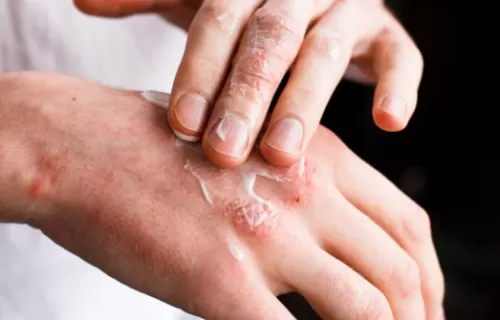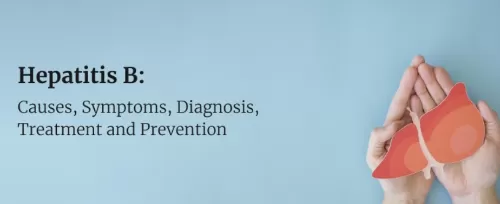Gout Symptoms: Recognizing the Signs of a Painful Condition
Gout symptoms manifest as a painful and inflammatory condition caused by the buildup of uric acid crystals in the joints. Often characterized by sudden and intense pain, swelling, and redness in the affected joints, gout can significantly impair mobility and quality of life if left untreated. By understanding the symptoms and triggers of gout, individuals can take proactive steps to manage the condition and prevent recurrent flare-ups.
Related searches
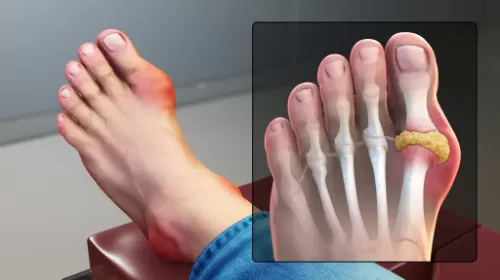
Gout Symptoms: The Telltale Signs of Joint Inflammation
The hallmark symptom of gout is acute joint pain, typically affecting the big toe, although other joints such as the ankles, knees, elbows, wrists, and fingers may also be affected. The pain associated with gout is often described as excruciating and may be accompanied by swelling, tenderness, and warmth in the affected area. Gout attacks can occur suddenly, often waking individuals from sleep with intense discomfort and making movement difficult or impossible.
Identifying Triggers: Understanding the Factors That Precipitate Gout Flare-Ups
Gout symptoms are often triggered by factors such as dietary choices, alcohol consumption, dehydration, obesity, certain medications, and underlying health conditions. Foods high in purines, such as red meat, organ meats, shellfish, and sugary beverages, can increase uric acid levels in the body, contributing to the formation of uric acid crystals in the joints. Additionally, alcohol, particularly beer and spirits, can exacerbate gout symptoms by impairing the body's ability to eliminate uric acid effectively.
Complications and Consequences: The Impact of Untreated Gout
Left untreated, gout can lead to chronic joint inflammation, joint damage, and the formation of tophi, which are lumps of uric acid crystals that can develop under the skin or in the joints. Chronic gout can also increase the risk of other health complications, including kidney stones, kidney damage, and cardiovascular disease. Moreover, recurrent gout attacks can take a toll on physical and emotional well-being, leading to decreased mobility, diminished quality of life, and increased risk of depression and anxiety.
Diagnosis and Treatment: Strategies for Managing Gout Symptoms
Diagnosing gout typically involves a combination of medical history, physical examination, blood tests to measure uric acid levels, and imaging studies such as X-rays or ultrasound to assess joint damage. Once diagnosed, treatment for gout focuses on alleviating symptoms, reducing inflammation, and lowering uric acid levels in the body. Nonsteroidal anti-inflammatory drugs (NSAIDs), corticosteroids, and colchicine are commonly prescribed to relieve pain and inflammation during gout attacks. Long-term management may include lifestyle modifications such as dietary changes, weight loss, hydration, and medications to lower uric acid levels, such as allopurinol or febuxostat.
Empowering Through Awareness and Prevention
Recognizing the symptoms of gout and understanding its triggers are essential steps in managing this painful and debilitating condition. By adopting a healthy lifestyle, making dietary modifications, staying hydrated, and seeking prompt medical attention for gout symptoms, individuals can reduce the frequency and severity of gout flare-ups and improve their overall quality of life. Through education, awareness, and proactive management, the burden of gout can be minimized, allowing individuals to live healthier, more active lives free from the constraints of joint pain and inflammation.
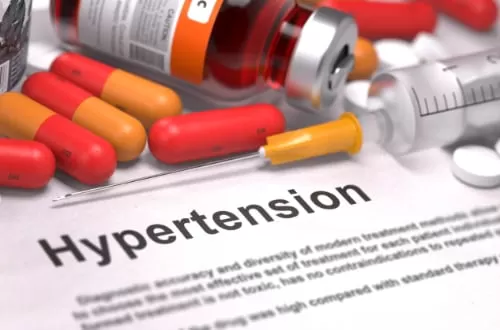
Hypertension Drugs: What Seniors Need to Know in 2025

How to Get Rid of Lower Belly Fat: Effective Tips and Strategies

Finding Relief from Migraines: Treatment Options for Middle Aged Adults
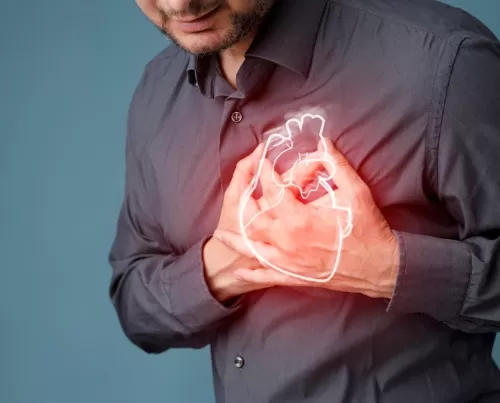
Understanding Heart Disease: A Growing Concern for Middle Aged Americans
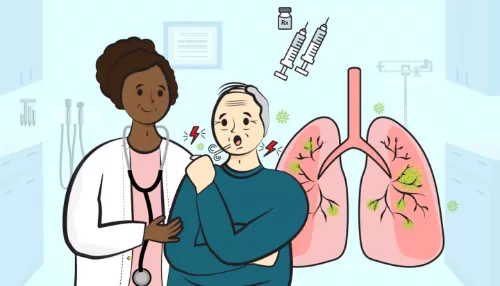
Common Signs of RSV in Seniors and Vaccination Options

Maximizing Returns: Navigating the Landscape of CD Rates


